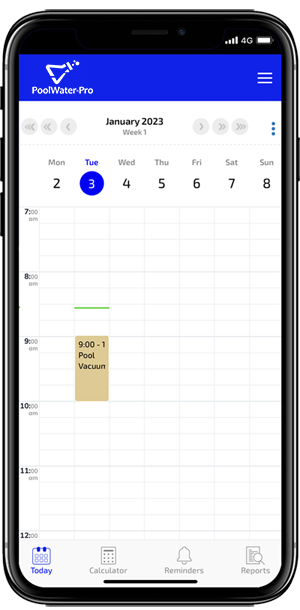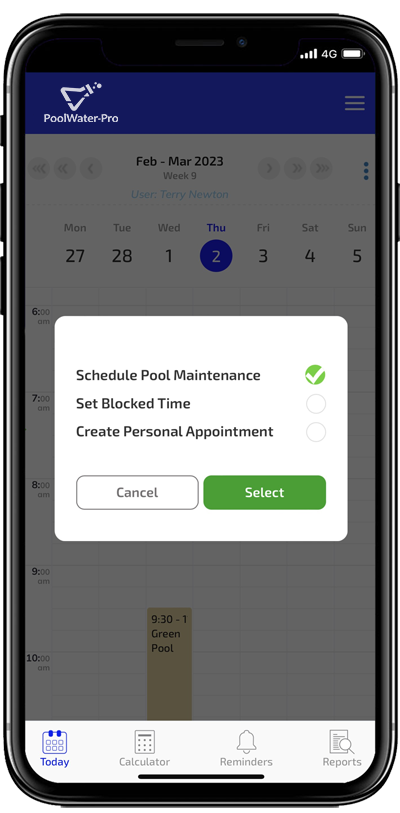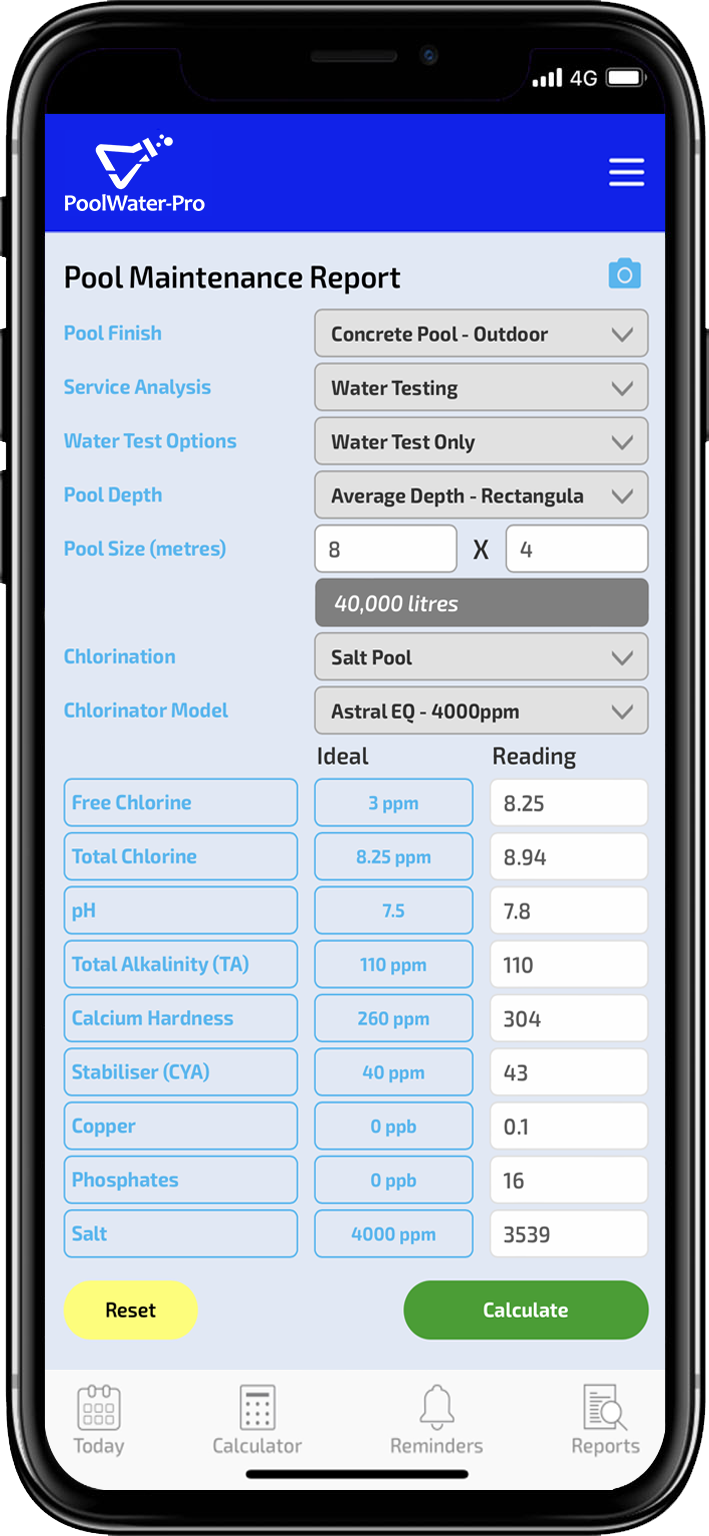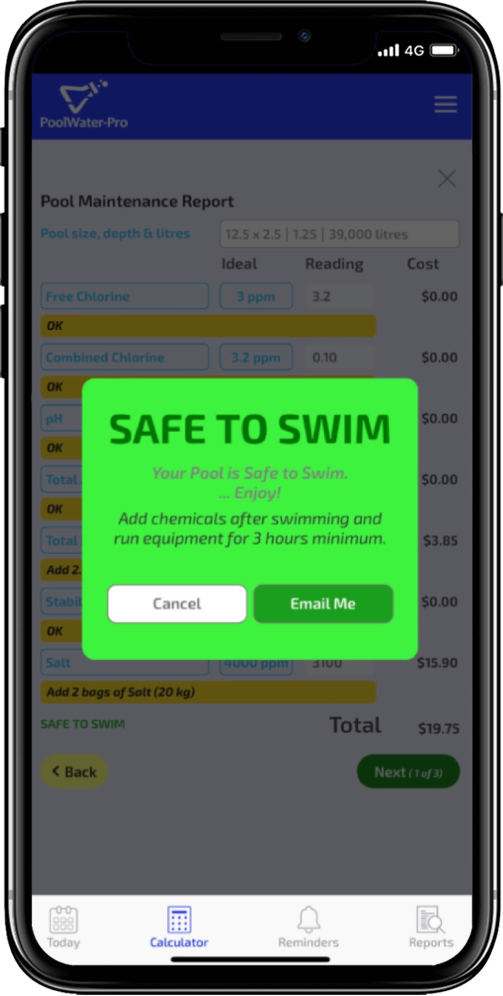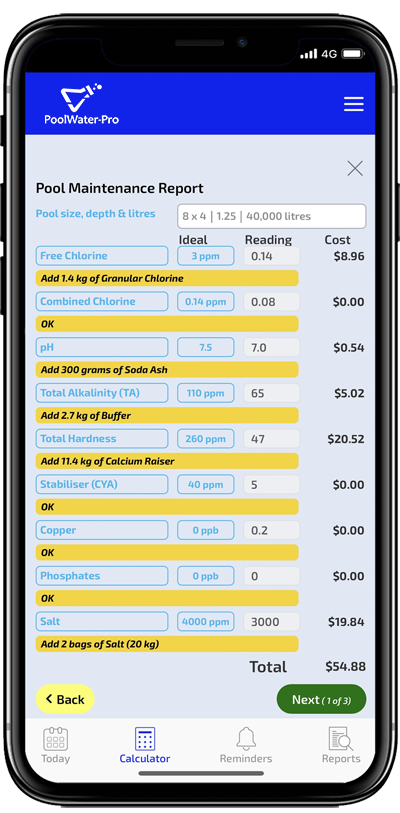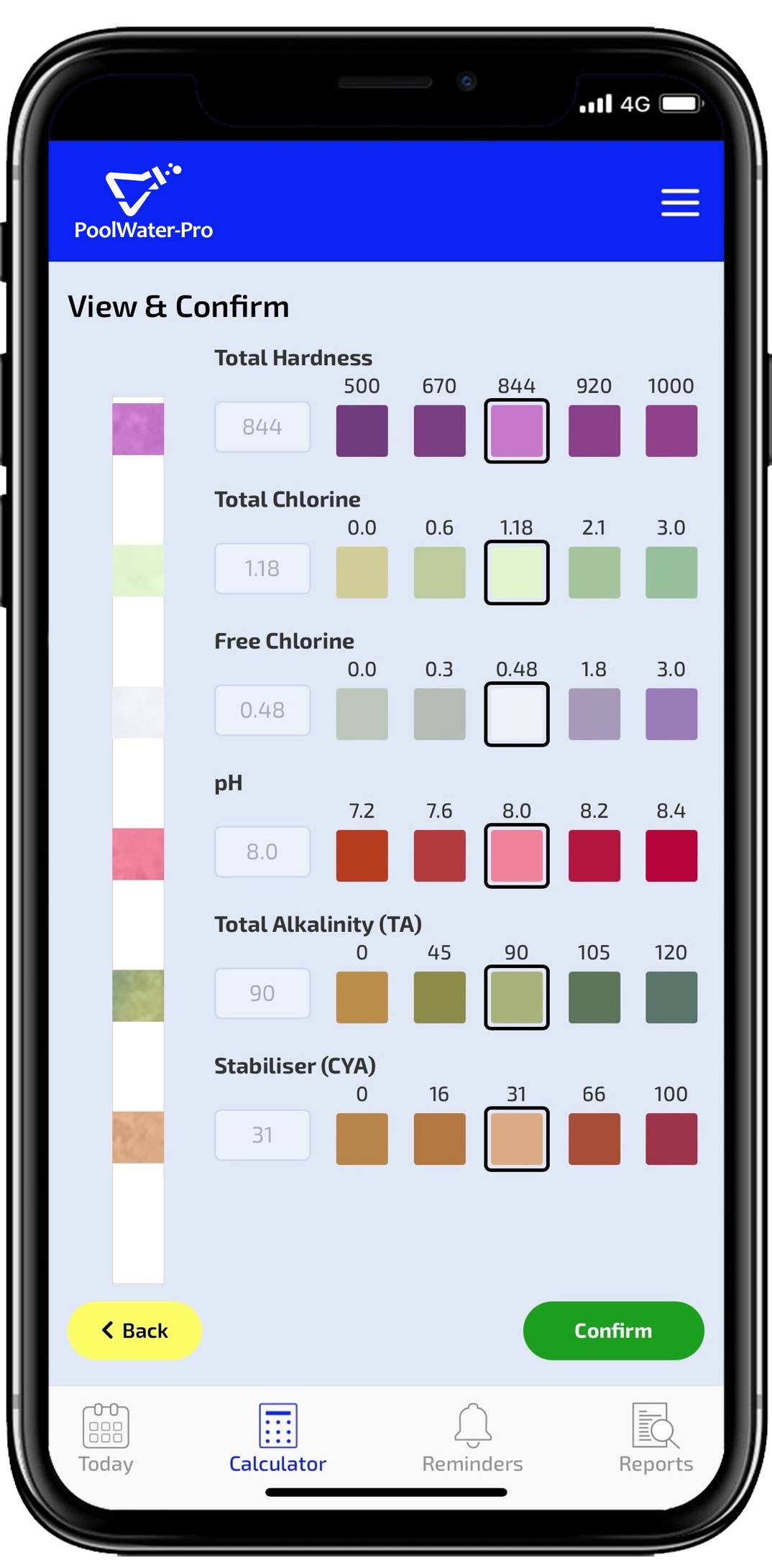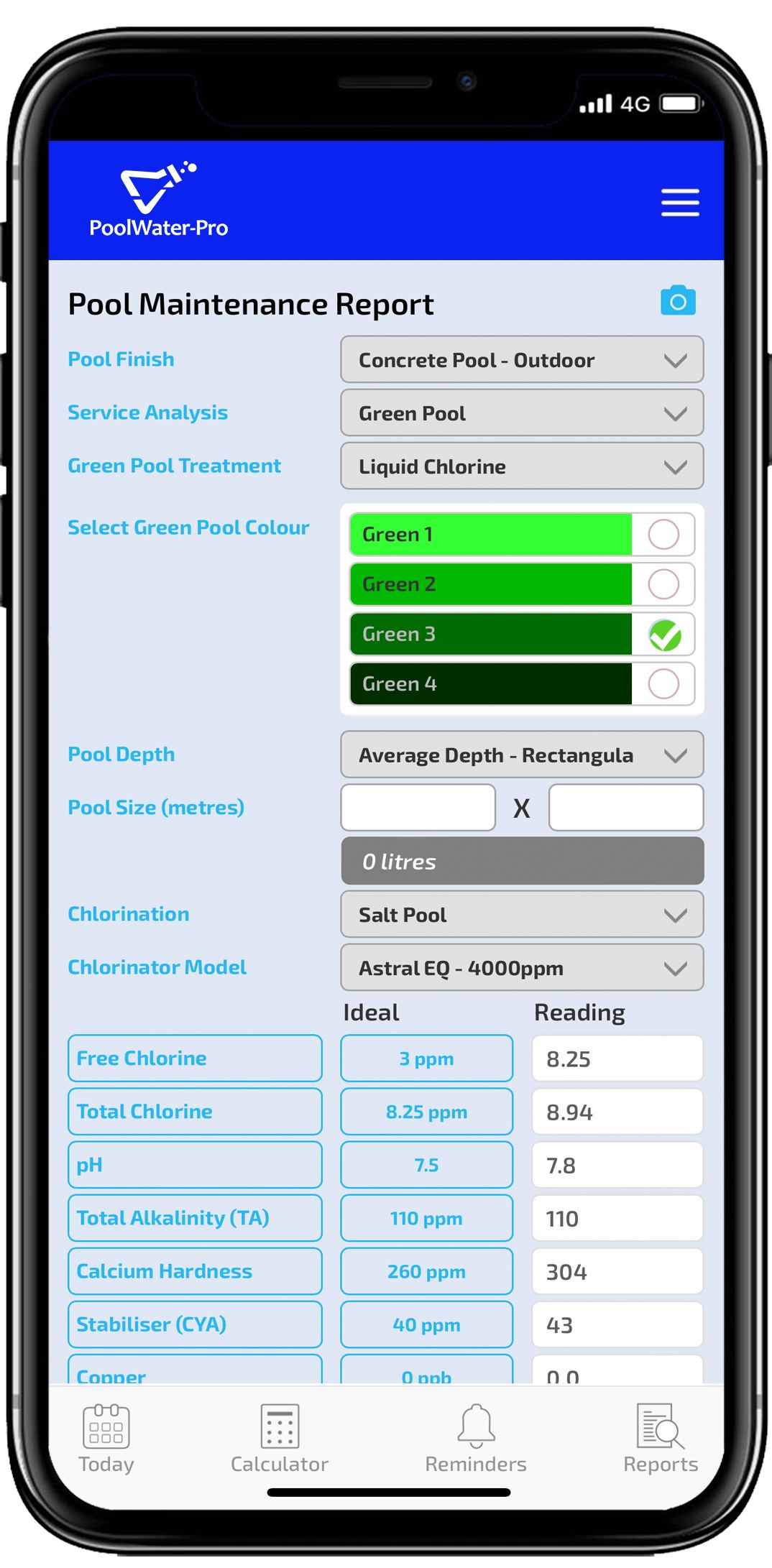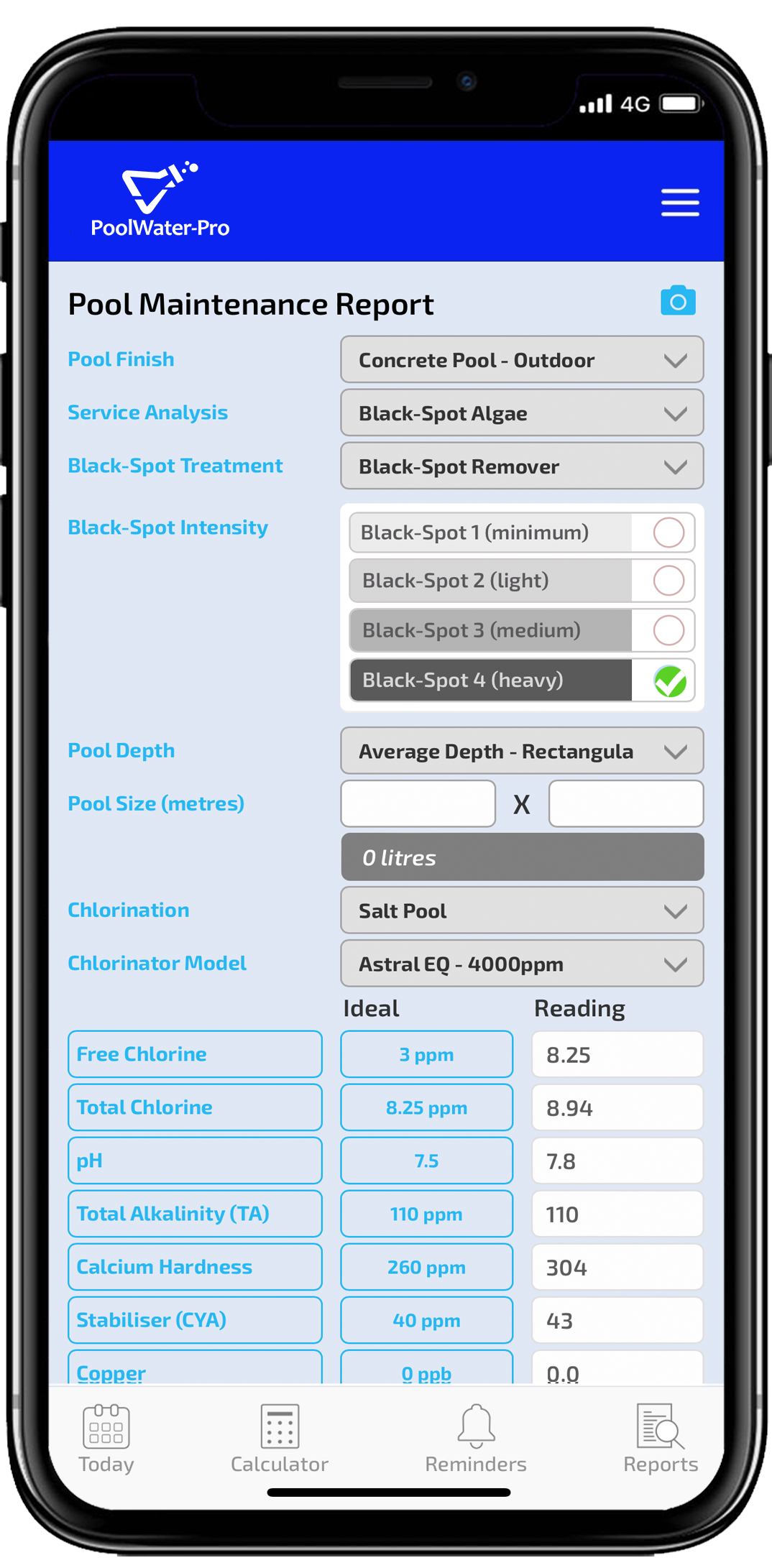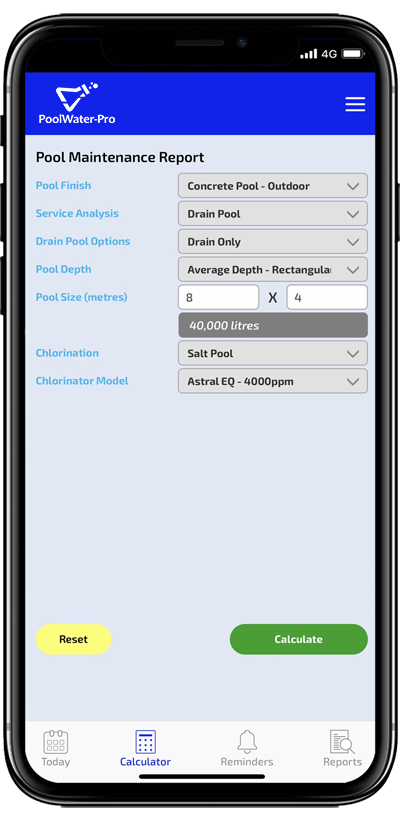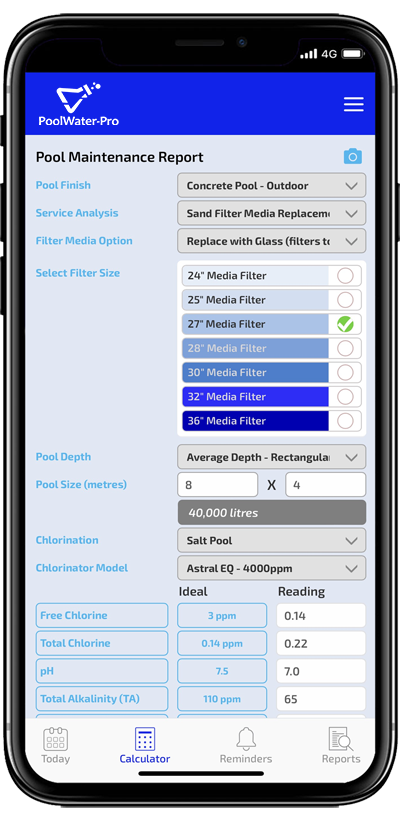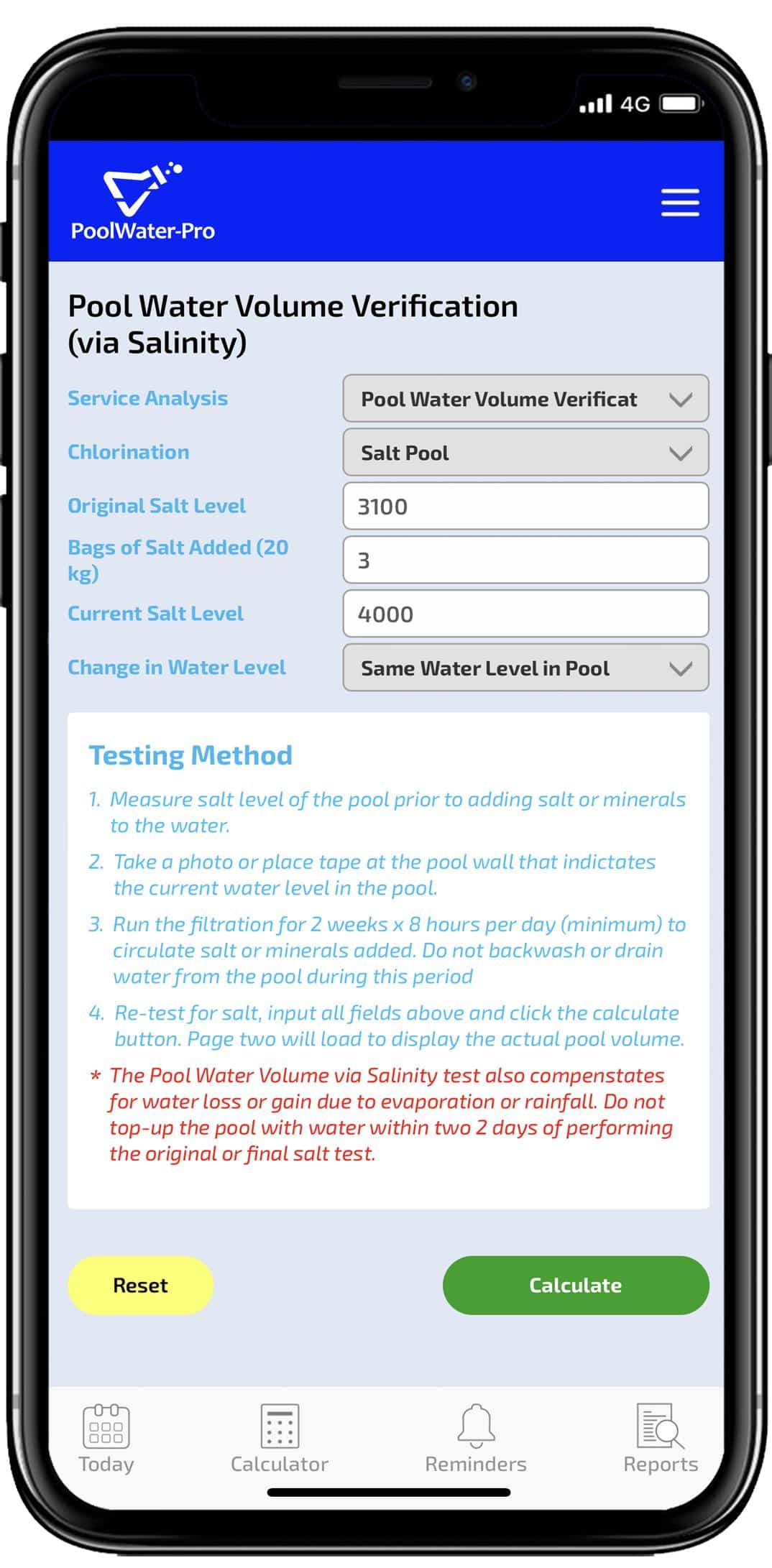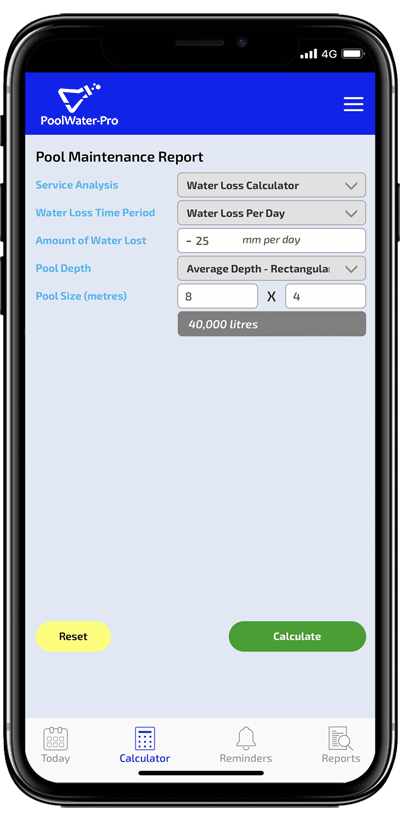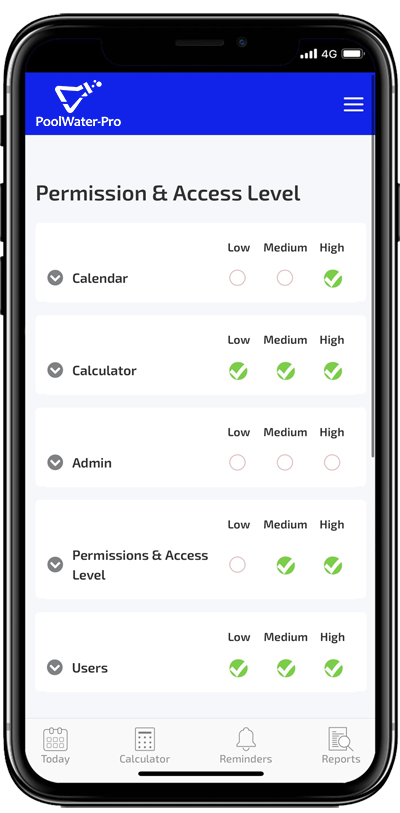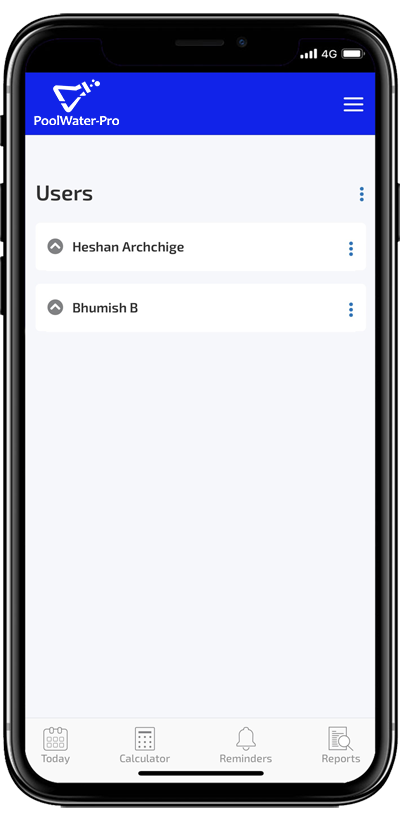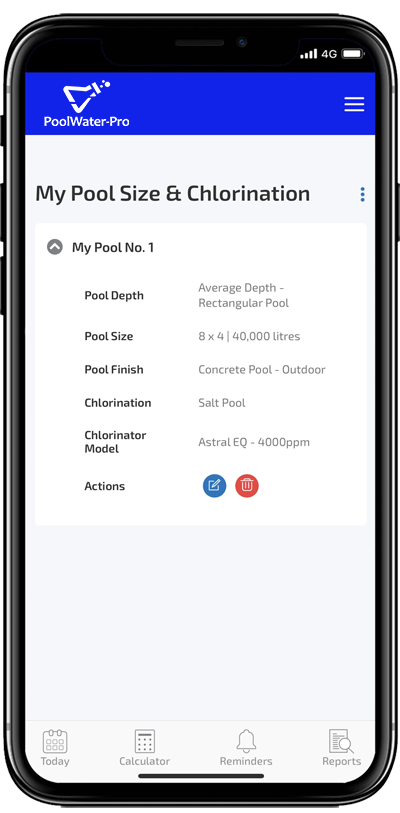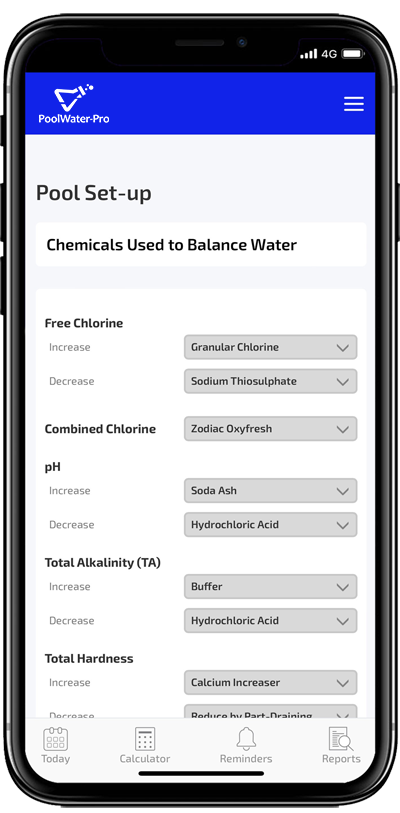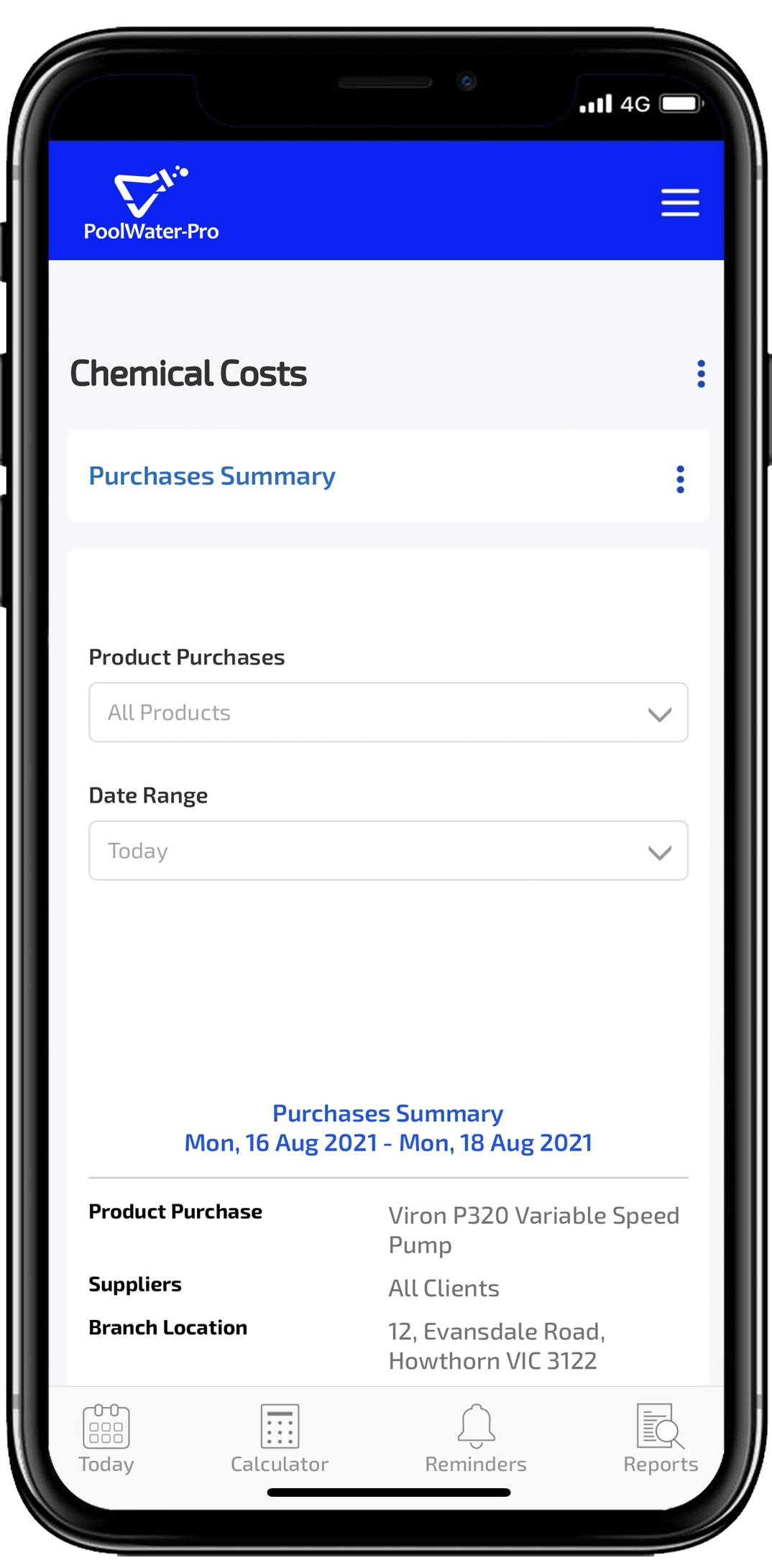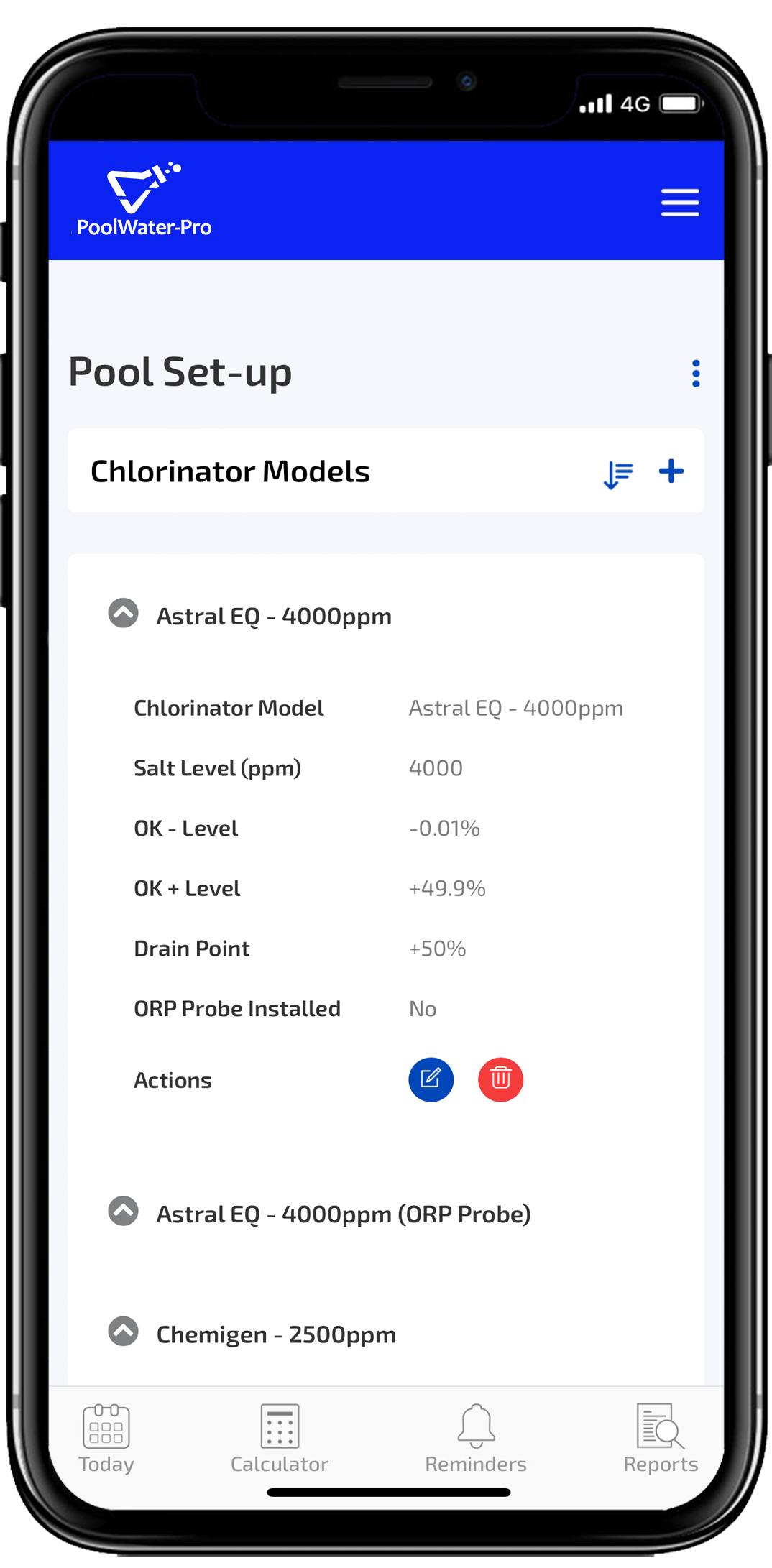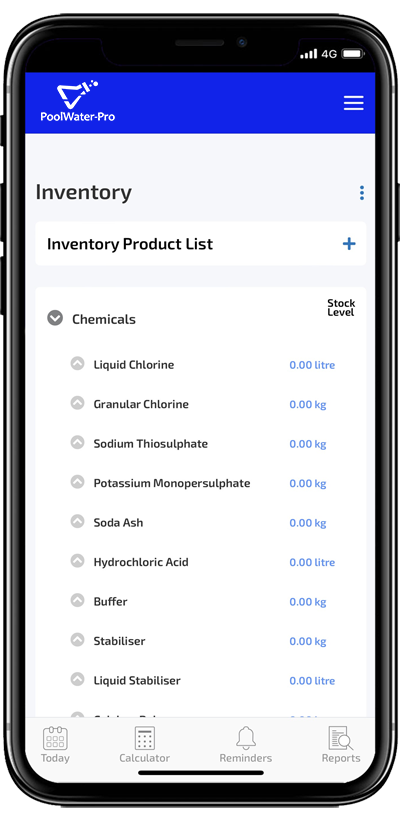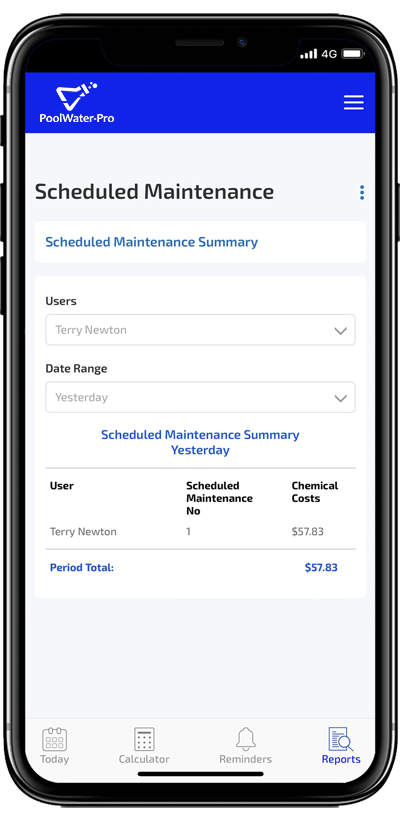Understanding & Managing Cyanuric Acid Levels in Pools
Cyanuric acid, also known as stabiliser or conditioner is needed in outdoor pools to help chlorine maximise its effectiveness when exposed to heat and UV light. Stabiliser (CYA) not only extends the life of chlorine, but also and reduces the amount of chlorine consumed in your pool.
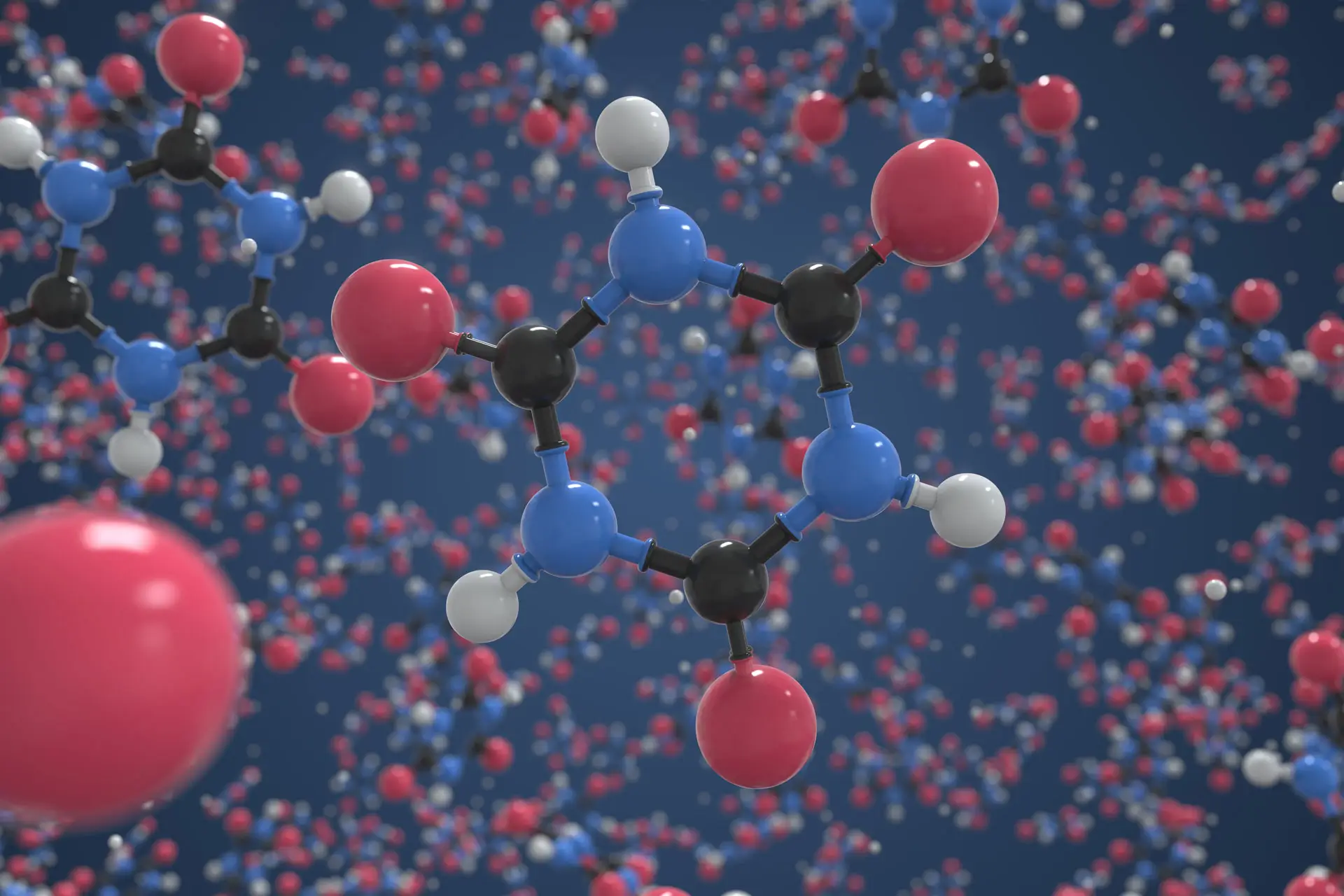
- How does Cyanuric Acid Work?
- Ideal Stabiliser (CYA) Levels
- How to Raise Stabiliser (CYA) Levels
- Cause of High Stabiliser Levels
- Chlorine Lock
- How to Lower Stabiliser (CYA)
How does Cyanuric Acid Work?
Cyanuric acid binds around free chlorine molecules, creating a protective barrier to protect it from the sun.
UV exposure can break down chlorine, giving it about half-life over 30-45 minutes on a warm sunny day.
A pool can lose up to 80% of its chlorine within two hours. With the right level of stabiliser (CYA), your pool will only lose about 20% over the same time period.
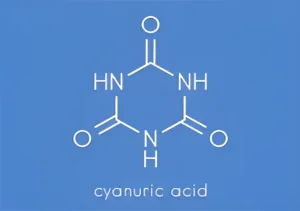
Ideal Stabiliser (CYA) Levels
An ideal guide is to have free chlorine at 7.5% of your stabiliser levels. If 3.0ppm Free chlorine is the target, this means a stabiliser level of 40ppm.
Studies have shown that at just 20-30ppm stabiliser is still 95% effective.
Stabiliser (CYA) interferes with ORP readings. Some manufacturers now recommend stabiliser levels of 20ppm if an ORP probe is installed.
Managing (CYA) Levels
Maintaining your pool’s stabiliser levels between 20-40ppm is required to have effective chlorine sanitisation and water balance in your pool.
Test your cyanuric levels regularly, ideally at least once month.
Consider alternative sanitisers, such as ozone or UV systems that don’t require cyanuric acid for stabilisation. These options can provide effective disinfection while reducing reliance on cyanuric acid and minimising the risk of over-stabilisation.

How to Raise Stabiliser (CYA) Levels
Use test-strips, a pool water testing kit, or have your pool water professionally tested to determine your stabiliser (CYA) levels.
Add stabiliser (CYA) to the pool water to achieve the recommended range of 20 to 40 ppm. Follow the manufacturer’s instructions for dosage and application.
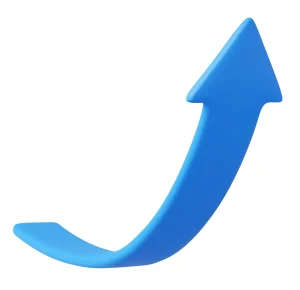
Cause of High Stabiliser Levels
Stabiliser (CYA) is either added to your pool manually when you balance the water, or it is added inadvertently.
Many chlorine products have stabiliser added for convenience. CYA is an ingredient in chlorine tablets or shock, so each time chlorine is added this way, the stabiliser (CYA) level increases.
Over time the stabiliser levels build-up and the only way to effectively bring it back to target levels is by part-draining the pool.
Liquid chlorine or chlorine produced from a chlorinator is totally CYA-free and doesn’t contain any stabiliser.
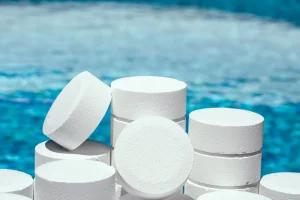
Chlorine Lock
When Stabiliser (CYA) levels become too high, the effect on chlorine becomes excessive.
Stabiliser levels above 100ppm will greatly reduce chlorine’s ability to be effective in sanitising the water.
Symptoms of Chlorine Lock
Persistent algae growth can begin despite regular chlorination.
Cloudy Water
The pool water can become cloudy due to insufficient chlorine and its inability to oxidise contaminants.
Low Free Chlorine Readings
Water testing may show adequate total chlorine levels, but low or zero free chlorine.
Resolving Chlorine Lock
Draining or part-draining the pool will reduce the stabiliser (CYA) level through dilution.
If you have a fibreglass or vinyl liner pool, consult a pool professional before draining.
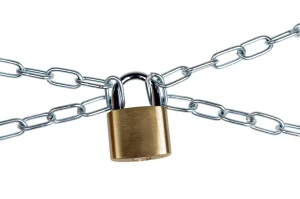
How to Lower Stabiliser (CYA)
Stabiliser levels can be reduced through dilution. Part-draining your pool and refilling it with fresh water is the most effective method to reduce stabiliser levels.
You can reduce stabiliser levels chemically, but cyanuric acid reducers have mixed results and are expensive.
If you are managing chlorine in your pool with tablets, the water will need to be part-drained regularly to keep your stabiliser levels in check.
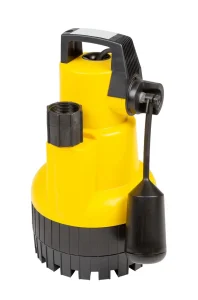
Cyanuric acid binds around free chlorine molecules, creating a protective barrier to protect it from the sun.
UV exposure can break down chlorine, giving it about half-life over 30-45 minutes on a warm sunny day.
A pool can lose up to 80% of its chlorine within two hours. With the right level of stabiliser (CYA), your pool will only lose about 20% over the same time period.

An ideal guide is to have free chlorine at 7.5% of your stabiliser levels. If 3.0ppm Free chlorine is the target, this means a stabiliser level of 40ppm.
Studies have shown that at just 20-30ppm stabiliser is still 95% effective.
Stabiliser (CYA) interferes with ORP readings. Some manufacturers now recommend stabiliser levels of 20ppm if an ORP probe is installed.
Managing (CYA) Levels
Maintaining your pool’s stabiliser levels between 20-40ppm is required to have effective chlorine sanitisation and water balance in your pool.
Test your cyanuric levels regularly, ideally at least once month.
Consider alternative sanitisers, such as ozone or UV systems that don’t require cyanuric acid for stabilisation. These options can provide effective disinfection while reducing reliance on cyanuric acid and minimising the risk of over-stabilisation.

Use test-strips, a pool water testing kit, or have your pool water professionally tested to determine your stabiliser (CYA) levels.
Add stabiliser (CYA) to the pool water to achieve the recommended range of 20 to 40 ppm. Follow the manufacturer’s instructions for dosage and application.

Stabiliser (CYA) is either added to your pool manually when you balance the water, or it is added inadvertently.
Many chlorine products have stabiliser added for convenience. CYA is an ingredient in chlorine tablets or shock, so each time chlorine is added this way, the stabiliser (CYA) level increases.
Over time the stabiliser levels build-up and the only way to effectively bring it back to target levels is by part-draining the pool.
Liquid chlorine or chlorine produced from a chlorinator is totally CYA-free and doesn’t contain any stabiliser.

When Stabiliser (CYA) levels become too high, the effect on chlorine becomes excessive.
Stabiliser levels above 100ppm will greatly reduce chlorine’s ability to be effective in sanitising the water.
Symptoms of Chlorine Lock
Persistent algae growth can begin despite regular chlorination.
Cloudy Water
The pool water can become cloudy due to insufficient chlorine and its inability to oxidise contaminants.
Low Free Chlorine Readings
Water testing may show adequate total chlorine levels, but low or zero free chlorine.
Resolving Chlorine Lock
Draining or part-draining the pool will reduce the stabiliser (CYA) level through dilution.
If you have a fibreglass or vinyl liner pool, consult a pool professional before draining.

Stabiliser levels can be reduced through dilution. Part-draining your pool and refilling it with fresh water is the most effective method to reduce stabiliser levels.
You can reduce stabiliser levels chemically, but cyanuric acid reducers have mixed results and are expensive.
If you are managing chlorine in your pool with tablets, the water will need to be part-drained regularly to keep your stabiliser levels in check.

Introducing Effective Solutions
Simplify your pool maintenance routine with POOLWATER-PRO. Our software turns test-strips into accurate digital readings, right from your phone. Get instant alerts to know if your pool is safe to swim, plus any chemicals needed.
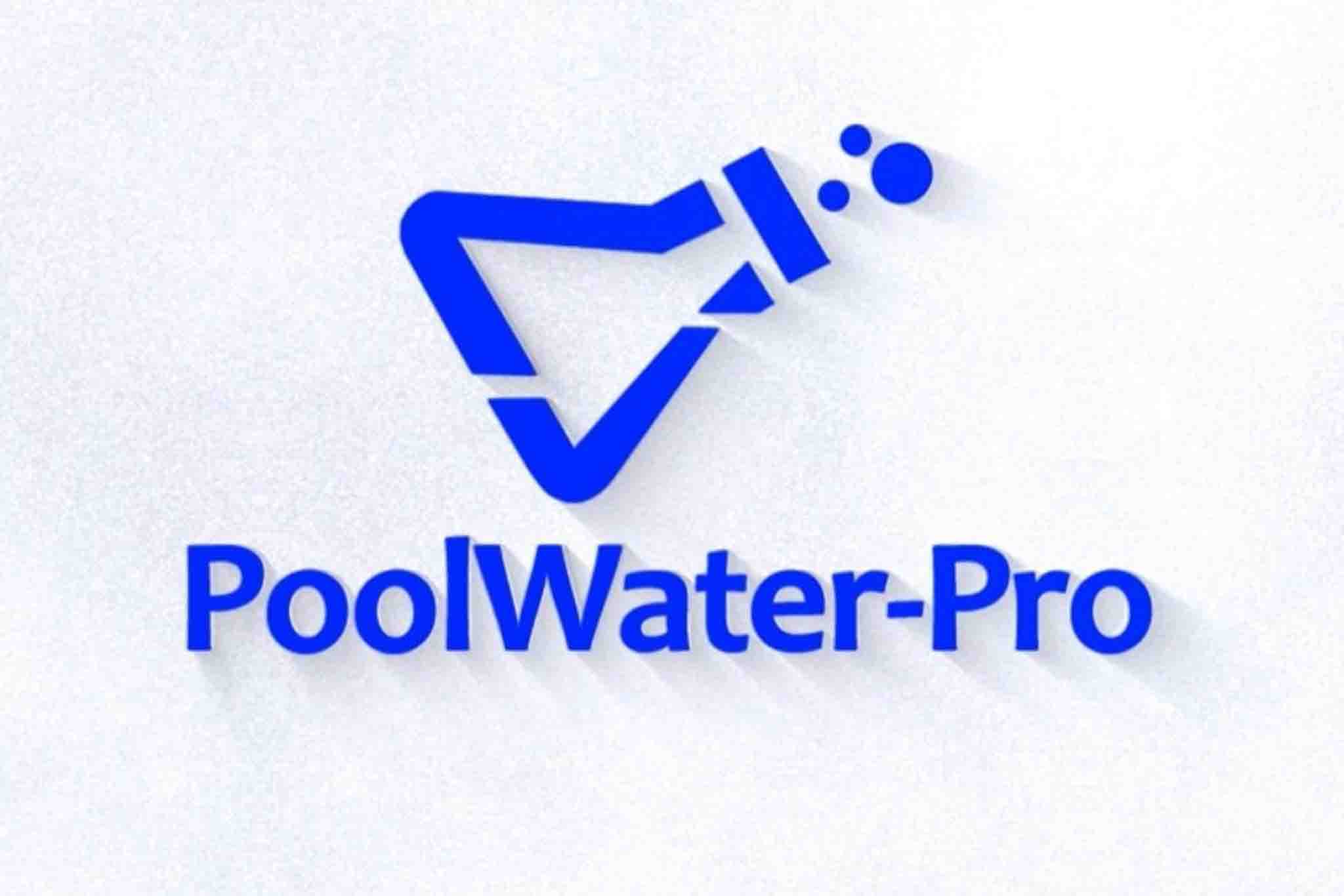
Introducing Effective Solutions
Simplify your pool maintenance routine with POOLWATER-PRO. Our software turns test-strips into accurate digital readings, right from your phone. Get instant alerts to know if your pool is safe to swim, plus any chemicals needed.
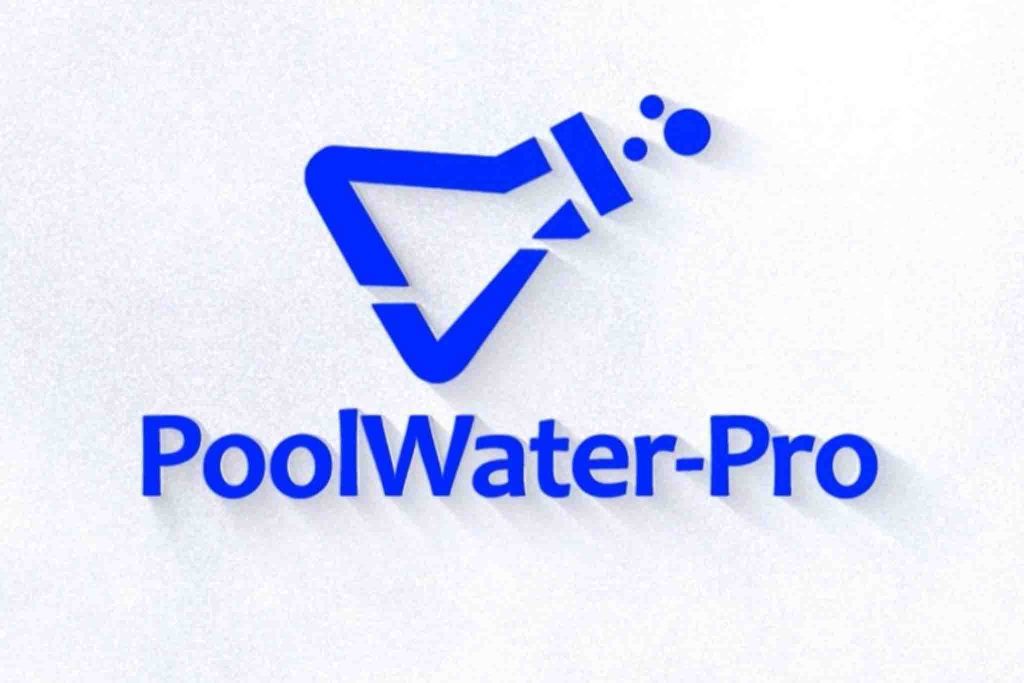
Your Path to Clarity
Watch this quick explainer video to see the platform’s features and how it can make pool care hassle-free.
Watch this quick explainer video to see the platform’s features and how it can make pool care hassle-free.



